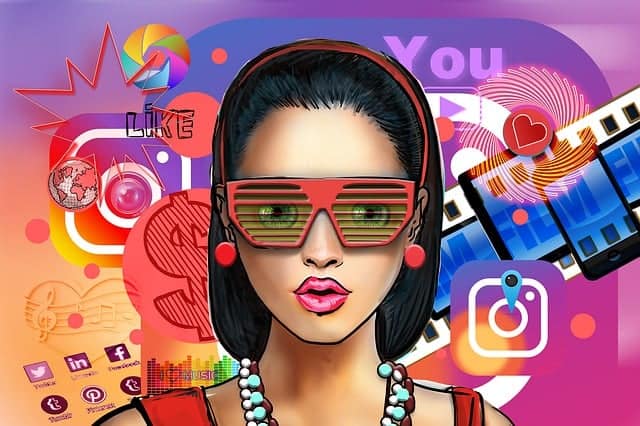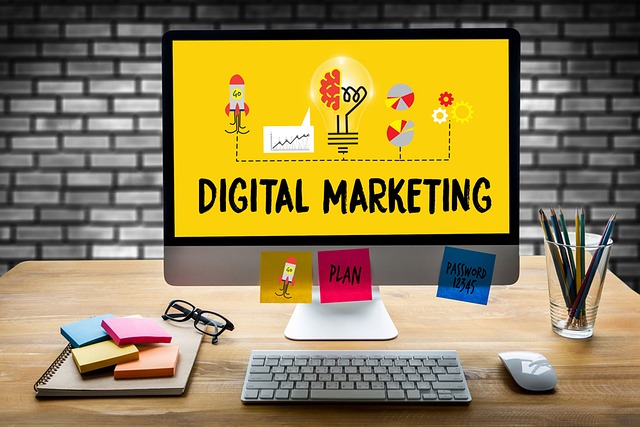In the digital age, fashion has become more than just about clothes – it’s about community, culture, and connection. Social media platforms like Instagram, TikTok, YouTube, and Pinterest have revolutionized how we discover, consume, and engage with fashion. Central to this shift is the rise of influencers and digital communities who are shaping the fashion landscape in unprecedented ways. From setting trends to influencing purchasing decisions, influencers have become key players in the fashion industry, creating a direct link between consumers and brands.

Setting Trends: How Influencers Dictate What’s Cool
In the past, fashion trends were dictated by high-fashion designers, magazine editors, and the elite runway shows. However, the democratization of fashion through social media has blurred these lines, allowing anyone with a significant following to influence what’s “in.” Influencers – individuals with the power to shape opinions and behaviors – have become some of the most influential figures in fashion today.
On platforms like Instagram and TikTok, influencers are the first to wear, showcase, and endorse emerging trends. What was once exclusive to fashion insiders has now become accessible to millions of people worldwide. Whether it’s a viral dance challenge that introduces a new style of sneakers or a TikTok video showcasing a micro-trend (like Y2K or cottagecore), influencers are key players in setting and spreading trends across digital spaces.
For instance, consider how TikTok trends, such as the resurgence of ’90s and early 2000s fashion, have quickly gained traction among younger audiences. Influencers create video content that resonates with these groups, offering a personal take on a trend or a styling tip that others can replicate. The result? Fashion trends now spread like wildfire, often driven by the personalities behind the posts rather than traditional designers or fashion houses.
The Power of Social Media in Influencing Buying Decisions
Social media has transformed the consumer journey, with many shoppers now turning to influencers for style inspiration before making purchasing decisions. This shift is particularly pronounced with younger generations, who often seek out the advice of digital creators they trust before buying new clothing, accessories, or even makeup.
Influencers hold significant sway in the purchasing decisions of their followers. According to various studies, a large portion of consumers are more likely to purchase items that influencers showcase, especially when the influencers are perceived as authentic, relatable, and trustworthy. This phenomenon is also reflected in the rise of affiliate marketing, where influencers receive a commission for promoting brands and driving sales through unique affiliate links.
The direct interaction between influencers and their followers further amplifies this influence. Through Q&A sessions, “Get Ready With Me” (GRWM) videos, and product reviews, influencers engage with their audience in a highly personal way, offering firsthand opinions on the products they’re promoting. This builds a sense of trust and credibility that traditional advertising often lacks, making influencer endorsements highly effective for driving conversions.

Brand Collaborations: How Influencers Are Shaping Fashion Marketing
The growing influence of social media personalities has not gone unnoticed by fashion brands. In fact, influencer collaborations have become one of the most effective marketing strategies for companies looking to expand their reach and connect with new audiences. Brands now see influencers not just as promoters but as integral partners in their marketing campaigns.
Major fashion labels, from luxury brands like Gucci and Prada to fast fashion giants like Shein and ASOS, are working with influencers to create co-branded collections or exclusive capsule collections. These collaborations offer influencers an opportunity to merge their personal brand with a fashion label, while brands benefit from access to an influencer’s loyal fan base.
For example, the collaboration between fashion retailer H&M and influencers such as Chiara Ferragni and Pernille Teisbaek brought both high visibility and credibility to the brand, tapping into their followers’ desire to emulate the personal style of these fashion icons. Likewise, in the world of streetwear, the partnership between Nike and high-profile figures like Travis Scott or Virgil Abloh (through his Off-White label) has elevated the perception of the brand among young, fashion-forward consumers.
Even smaller, niche brands are increasingly relying on influencer partnerships to gain visibility. Instead of relying solely on expensive advertising, many fashion companies are teaming up with influencers to promote limited-edition collections or new product launches. This strategy not only generates buzz but also creates an air of exclusivity and authenticity that is often more appealing to younger shoppers.
The Rise of Nano-Influencers: Focusing on Niche, Highly Engaged Audiences
While mega-influencers with millions of followers have traditionally dominated the scene, there has been a notable shift toward smaller, more specialized influencers. Enter the rise of “nano-influencers” – individuals with fewer than 10,000 followers but highly engaged, loyal audiences. These influencers may not have the broad reach of a celebrity, but they offer a unique advantage: a more intimate and authentic connection with their followers.
For brands, partnering with nano-influencers can be more effective than working with larger influencers. Since audiences trust nano-influencers’ perspectives and feel more connected to their content, they frequently have better engagement rates..When a nano-influencer endorses a product or brand, it feels more personal and organic, leading to higher levels of trust and more meaningful interactions.
This trend has also made fashion marketing more inclusive. By collaborating with nano-influencers, brands can target specific demographics, communities, and even subcultures that are often overlooked by mainstream fashion marketing. For example, a niche fashion brand specializing in sustainable clothing might collaborate with a nano-influencer who is passionate about eco-friendly fashion, thereby tapping into a highly engaged community that values sustainability.
Additionally, working with a wide network of nano-influencers allows brands to create more diverse and authentic campaigns. These collaborations often highlight a broader range of body types, ethnicities, and personal styles, which resonates with today’s more socially conscious consumers.

The Future of Fashion Influencers: A Digital-First Industry
Influencers will play an increasingly important role in the fashion business as social media platforms develop further.The rise of new platforms like Threads, BeReal, and the ongoing development of the metaverse suggests that fashion and digital communities will continue to converge, creating new opportunities for influencer-driven fashion marketing.
Moreover, influencers themselves are becoming increasingly savvy, not just promoting products but also launching their own fashion lines, building personal brands, and even designing their own clothing collections. The digital-first nature of this new fashion world means that social media is now an essential tool for any fashion brand looking to remain relevant in a hyper-connected world.
In the coming years, we can expect to see even more collaboration between influencers and brands, with an emphasis on authenticity, inclusivity, and engagement. As consumers become more discerning and seek out brands that align with their values, the power of digital communities and the influencers within them will continue to shape the fashion industry in profound ways.

Conclusion
The fashion industry is no longer driven solely by designers or fashion houses; it is increasingly shaped by the voices of influencers and digital communities. From setting trends to driving sales, influencers are playing an instrumental role in how fashion is consumed and experienced. With the rise of nano-influencers, brands are learning to tap into niche, highly engaged audiences, further blurring the line between consumer and creator. As social media continues to evolve, so too will the influence of digital communities, solidifying their place at the forefront of fashion’s future.












